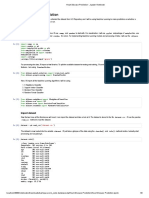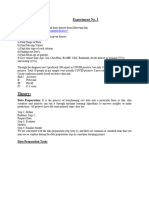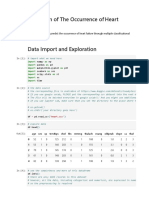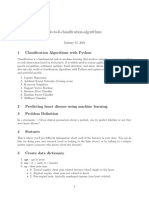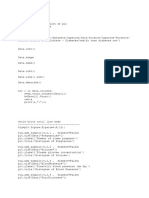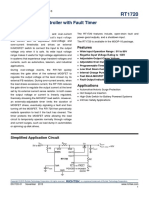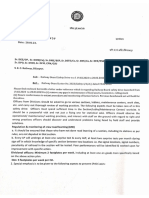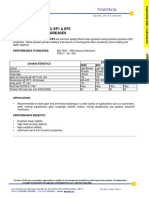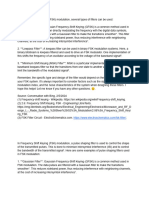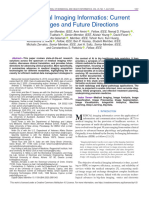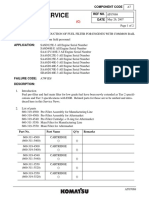0% found this document useful (0 votes)
9 views29 pagesSamplecode (HDPS)
The document provides a comprehensive guide on data analysis and machine learning modeling for heart disease prediction using Python. It includes steps for data import, preprocessing, exploratory data analysis (EDA), feature engineering, model training with various algorithms, and evaluation metrics. The final section outlines how to build a predictive system based on the trained models.
Uploaded by
aryanreddy2705Copyright
© © All Rights Reserved
We take content rights seriously. If you suspect this is your content, claim it here.
Available Formats
Download as PDF, TXT or read online on Scribd
0% found this document useful (0 votes)
9 views29 pagesSamplecode (HDPS)
The document provides a comprehensive guide on data analysis and machine learning modeling for heart disease prediction using Python. It includes steps for data import, preprocessing, exploratory data analysis (EDA), feature engineering, model training with various algorithms, and evaluation metrics. The final section outlines how to build a predictive system based on the trained models.
Uploaded by
aryanreddy2705Copyright
© © All Rights Reserved
We take content rights seriously. If you suspect this is your content, claim it here.
Available Formats
Download as PDF, TXT or read online on Scribd
/ 29




